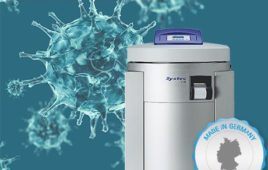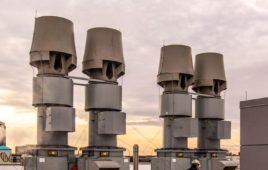A facilities engineer should focus on energy consumption, and typically the biggest targets are your HVAC and lighting systems. However, don’t forget the opportunities to put a stake in the heart of “vampire power” (also known as standby power) where thousands of electronic and electrical devices are designed to continue consuming electricity when switched off or in standby mode.
Know what you’re dealing with: Undertake a facility commissioning review so you identify your highest priorities. Then put your facility on a continuous commissioning diet, so you maintain peak operating efficiencies of your key building systems. Consult the Best Practices in Commissioning Existing Buildings guide from The Building Commissioning Association for more information.
Research new technologies: The quest to reduce energy costs has spurred an almost gold rush fever in R&D with new innovations constantly coming to market. Do your homework and stay up on these fast moving trends. Research the latest news in building automation systems (BAS) with its myriad centralized, wireless controls, dashboard, and automated central controls. There are also interesting “plug and play” HVAC retrofit options coming on the market, with the ability to increase efficiency, extend the equipment life, and reduce the upfront costs versus system replacement. Engage with and take advantage of the work being done by professional organizations (example, ASHRAE).
Pick the low hanging fruit first: The three lead demons consuming your building’s energy are heating, cooling, and lighting. These are your key targets in your quest to reduce your energy consumption, and your operating costs.
Apply your engineering talents: Before installing anything, make sure your maintenance team is well-trained, up to the task, and has adopted a proactive approach to the job. Utilize outside engineering services as appropriate. Engineering design is king. Building automation systems are your new best friends.
Continuously test, measure, verify, and adjust: You can’t adjust the roadmap if you don’t know where you’ve been. With today’s available software, there’s no excuse for failing to develop and analyze performance data in order to identify both operating deficiencies (popularly known as opportunities) and performance gaps.
This Cleanroom Tip was taken from “Energy Resolutions for a New Year,” by former Controlled Environments columnist Richard Bilodeau, PE. The article originally appeared in the February 2014 issue of Controlled Environments.



